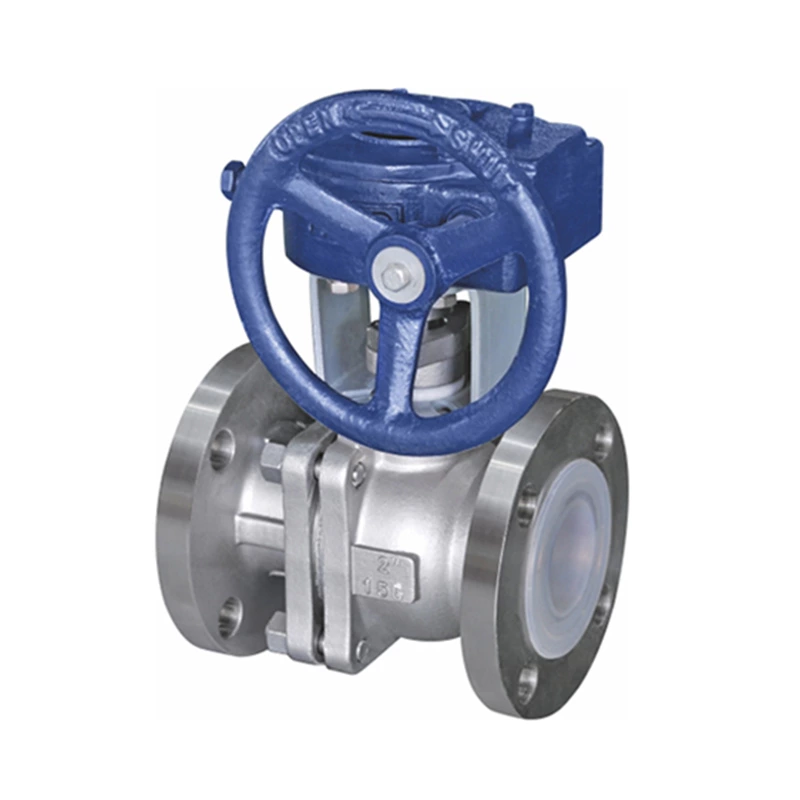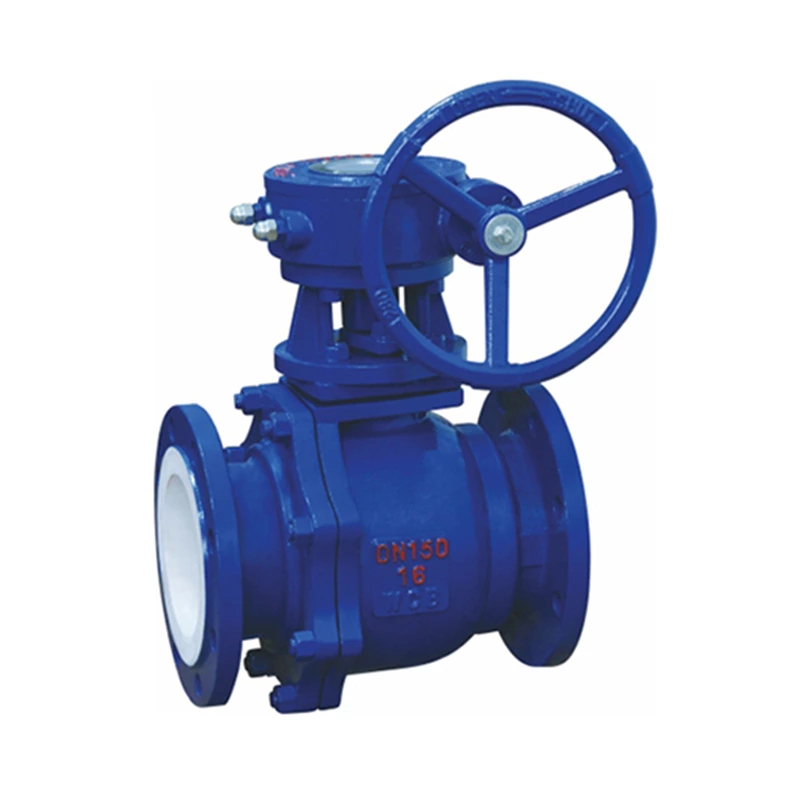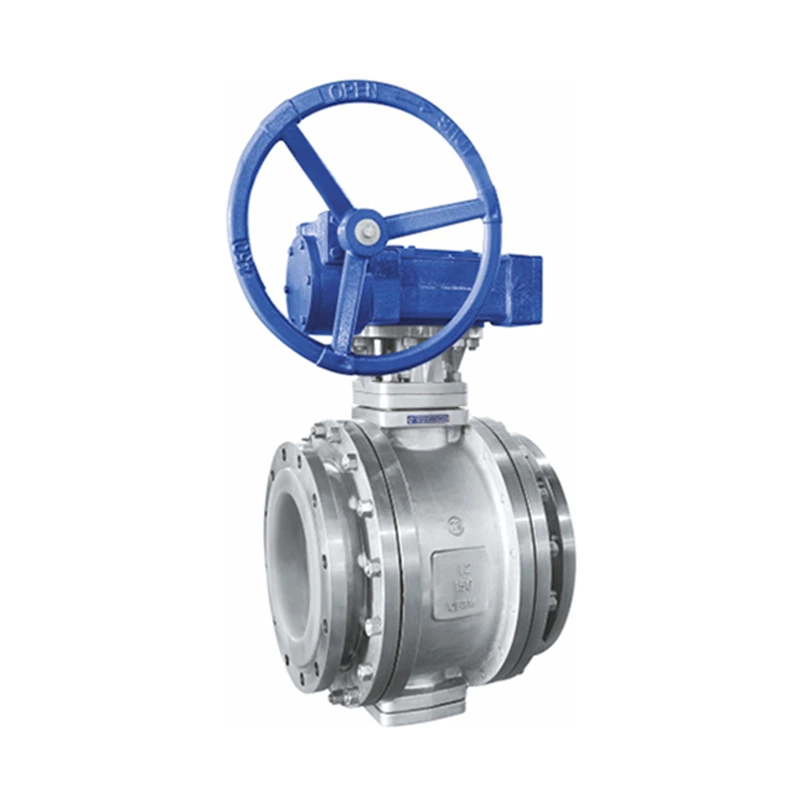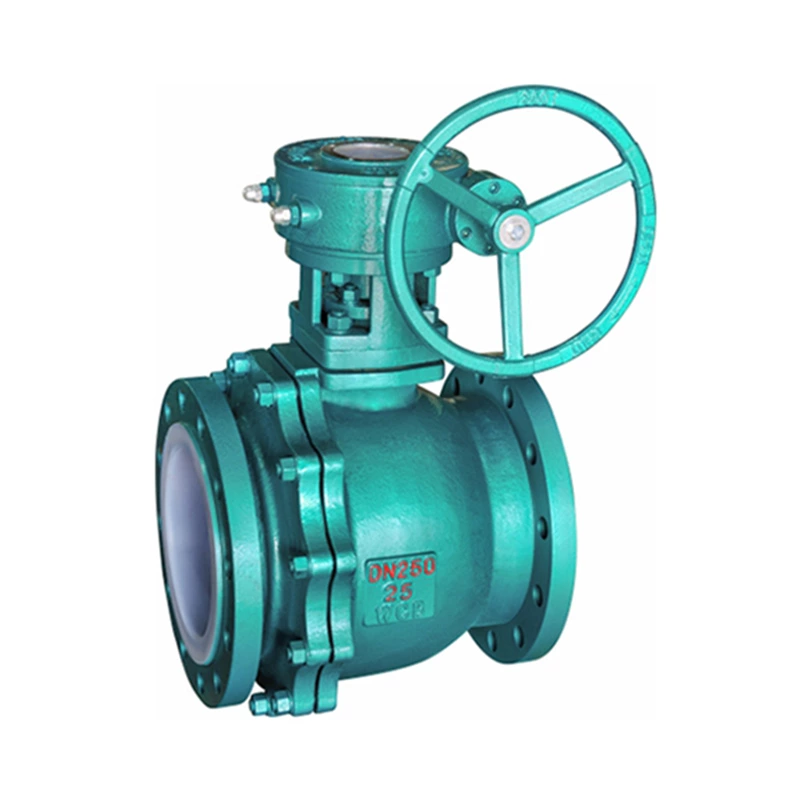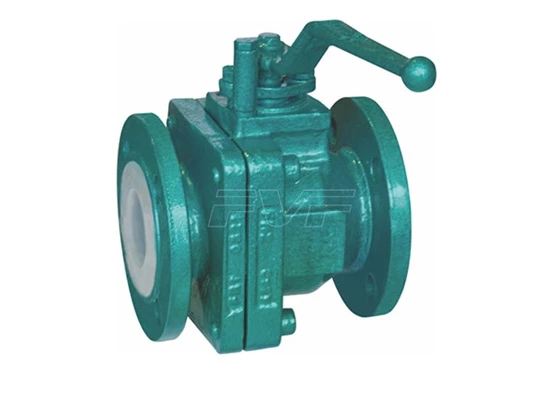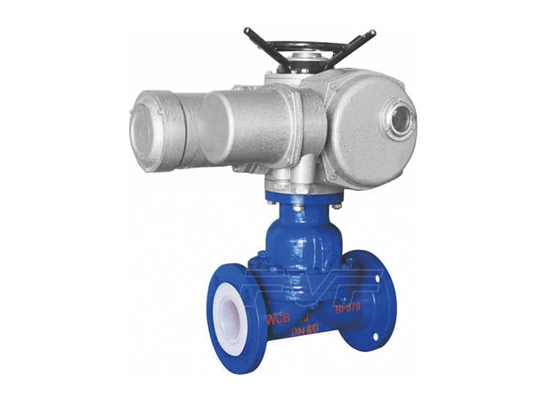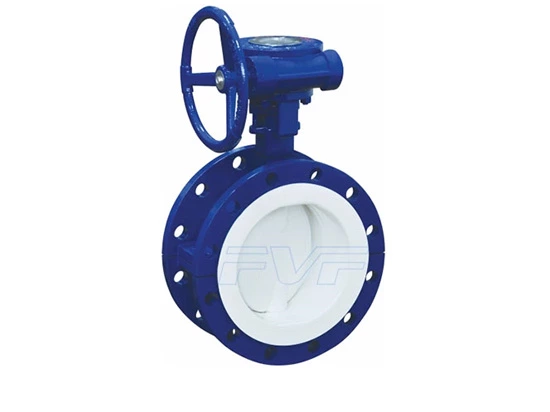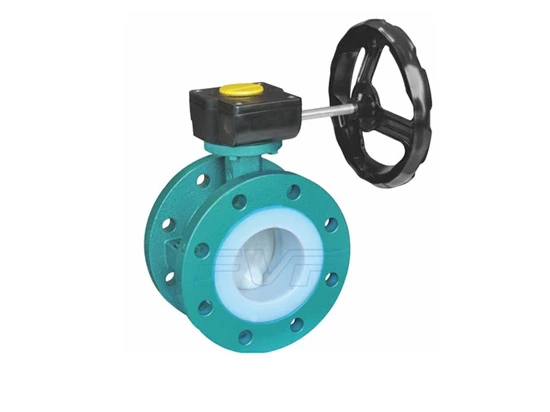Structural Classification Of Fluorine-lined Check Valves
Introduction:
Fluorine-lined check valves include swing check valves and lift check valves. The swing check valve has a hinge mechanism and a door-like disc that rests freely on the inclined valve seat surface. In order to ensure that the disc can reach the appropriate position of the valve seat surface every time, the disc is designed in the hinge mechanism so that the disc has enough swing space and makes the disc truly and comprehensively contact the valve seat. The disc can be made entirely of metal, or it can be inlaid with leather, rubber, or a synthetic covering surface on the metal, depending on the performance requirements.
When the swing check valve is fully opened, the fluid pressure is almost unimpeded, so the pressure drop through the valve is relatively small. The disc of the lift check valve is located on the valve seat sealing surface on the valve body. In addition to the disc being able to rise and fall freely, the rest of this valve is like a stop valve. The fluid pressure lifts the disc from the valve seat sealing surface, and the medium reflux causes the disc to fall back onto the valve seat and cut off the flow. Depending on the conditions of use, the valve disc can be an all-metal structure or a rubber pad or rubber ring embedded on the valve disc frame. Like the stop valve, the passage of the fluid through the lift check valve is also narrow, so the pressure drop through the lift check valve is larger than that of the swing check valve, and the flow of the swing check valve is less restricted.
Structural classification:
1. The valve disc of the fluorine-lined check valve is disc-shaped and rotates around the rotating axis of the valve seat channel. Because the channel inside the valve is streamlined, the flow resistance is smaller than that of the lift butterfly check valve. It is suitable for large-caliber occasions with low flow rate and infrequent flow changes, but it is not suitable for pulsating flow. Its sealing performance is not as good as the lift type. Butterfly check valves are divided into single-flap type, double-flap type and most types. These three forms are mainly divided according to the valve diameter. The purpose is to prevent the medium from stopping flowing or backflowing and weakening the hydraulic impact.
2. Fluorine-lined check valve: a check valve whose disc slides along the vertical center line of the valve body. The muffler check valve can only be installed on a horizontal pipe, preferably on a vertical pipe. The disc can be a ball on a high-pressure small-diameter check valve. The valve body shape of the muffler check valve is the same as that of the stop valve (it can be used with the stop valve), so its fluid resistance coefficient is relatively large. Its structure is similar to that of the stop valve, and its valve body and disc are the same as those of the stop valve. A guide sleeve is machined on the upper part of the disc and the lower part of the valve cover. The disc guide sleeve can be freely raised and lowered in the valve guide sleeve. When the medium flows downstream, the disc opens by the thrust of the medium. When the medium stops flowing, the disc falls on the valve seat by self-suspension to prevent the medium from flowing back. The medium inlet and outlet channels of the straight-through butterfly check valve are perpendicular to the direction of the valve seat channel; the vertical lift check valve has the same direction of the medium inlet and outlet channels as the valve seat channel, and its flow resistance is smaller than that of the straight-through type.
3. Lined Check Valve: a check valve whose disc rotates around the pin shaft in the valve seat. The disc check valve has a simple structure and can only be installed on horizontal pipes, with good sealing performance.
4. Fluorine-lined check valve: a valve whose disc slides along the center line of the valve body. The pipeline check valve is a new type of valve. It is small in size, light in weight, and has good processing technology. It is one of the development directions of the check valve. However, the fluid resistance coefficient is slightly larger than that of the swing check valve.
5. Compression check valve: This valve is used as a valve for boiler feed water and steam cut-off. It has the comprehensive functions of a lifting check valve and a stop valve or an angle valve.
In addition, there are some check valves that are not suitable for installation at the pump outlet, such as bottom valves, spring-type, Y-type check valves, etc.
